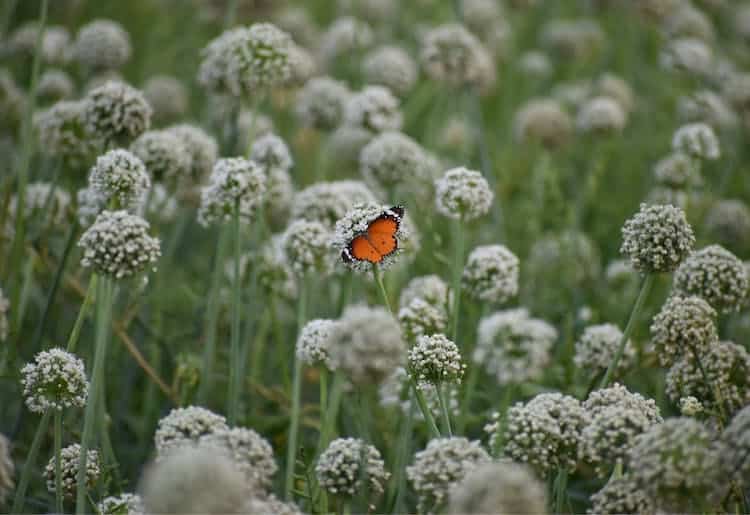What are you able to do in 5 minutes? How long does it take to feel a wave of sadness or have a belly laugh?
They will occur in a second, and one skill you possibly can learn through mindfulness is how quickly you possibly can intentionally shift a difficult state or mood to extend your sense of well-being.
You don’t need to sit down in meditation for a half hour or more to scale back anxiety or refresh your mind. Longer, regular periods of meditation can have profound effects on you mentally, emotionally and physically, but you possibly can see clear advantages from a 5-10 minute meditation, even within the midst of probably the most stressful day.
At Mindfulness Exercises, we expect of mindfulness as non-judgmental awareness of your present moment experience. It’s a straightforward definition, but it surely has every part you might want to practice being mindful.
Is your attention drifting into the past or the long run? Bring it gently back to what is going on immediately. Do you notice an internal dialogue that’s critical of yourself or others? Just notice it with kindness and curiosity. Irrespective of what you’re feeling or think or experience don’t judge it or yourself. Spacing out altogether? That’s okay, it happens! Notice, let go of judging and start again.
Not only can this sort of mindfulness practice assist you to understand yourself just just a little more, and leave just a little more room to think before you act, but it surely is a tool you should use any time you have got just a few minutes–on a bus or in a waiting room.
You’ll be able to do many mindfulness meditations in 5 minutes, like a brief body scan or breath meditation. The meditation we’ll show you here’s a variation on breath practice that guides you to an always-present quiet place inside you–a mini-oasis of refuge and renewal.
We’ll describe the meditation in some detail for you, but when you’ve done the practice a few times, you’ll have the option to do it without the script. Easy, but demanding!
Use this free 5-minute meditation script any time to ease your mind and deal with the current moment. If you happen to find it helpful, you possibly can in fact enjoy it for so long as you want.
Here we go.

5 Minutes Guided Breath Meditation
Get comfortable.
Feel the sensations of your breath.
- If you’re comfortable, take 5 full breaths. As you breathe out and in, feel the sensations of breath filling your body and leaving your body. Connect with the sensations as fully as you possibly can. Feel a way of energy on the in-breath and a way of letting go along with each out-breath, relaxing into the seat beneath you.
- After the 5 breaths, let your breath return to its normal rhythm and keep listening to the sensations of respiratory out and in.
Notice the spaces between your breaths.
- Start letting your attention be drawn to the spaces in your breath–within the short pause after you breathe in, and after you breathe out.
- Do you sense these pauses? What do you notice there?
- Explore the quiet. Notice that, even when no thoughts are currently present, you’re still aware in that quiet space.

Come back to your breath in case your attention wanders.
- Remain as the sort and curious observer we talked about earlier. Gently notice anything that arises in your inner landscape–thoughts, body sensations, emotions, memories, worries. If you turn into aware of a worry, for instance, you possibly can just note it and are available back to noticing the breath and the pauses. You’ll be able to even say, “Worry,” as you achieve this. Or, “Itchy foot.”
- If you happen to begin to experience a cycle of thoughts or emotions, do your best to not turn into involved with them, only for the short period of the practice.
- Are you attempting to suppress experiences or judging them? Keep in mind that kindness and curiosity are your tools, and shift your attention to feeling your full breath: in – pause – out – pause. Repeatedly.
- Is your mind pulling into the long run or the past? It’s all okay, simply bring your attention back to your breath, back to what’s here, immediately.
Let your mind rest within the pauses.
Be curious and sort about whatever happens.
- All the time, at all times, look ahead to self-criticism and judging. Be kind and curious with whatever you notice. Be a very good friend to yourself by being present with compassion and openness to whatever you experience.
Keep going.

Conclusion
This 5-minute practice of attending to your breath and attending to space is a practice for on a regular basis living.
Our days are full of all types of experiences from thoughts and emotions, to relationships and situations, and there’s also space around them. For a lot of us, much of the time, our attention is caught by these experiences, flowing from one to the opposite, without much time to pause and rest.
In the identical way that you would be able to select where to place your attention on this practice, you possibly can select in your day by day life. As an alternative of specializing in a troubling thought or an upsetting emotion, for instance, you possibly can decide to rest your attention in an area of quiet, thought-less awareness for just a few moments of peace and healing. You’ll be able to come back grounded and refreshed, perhaps with a recent insight or perspective on what was difficult you.
This practice doesn’t mean that you just favor inactivity or rest over activity, either in meditation or in day by day life. It is supposed only as a tool to assist you to reconnect with a natural place of deep rest, and regain some balance and energy.
We hope you discover this 5 minute guided script helpful. If you happen to’d prefer to try more practices, see our free Mindfulness Exercises worksheets that cover a spread of mindfulness topics and exercises here.






